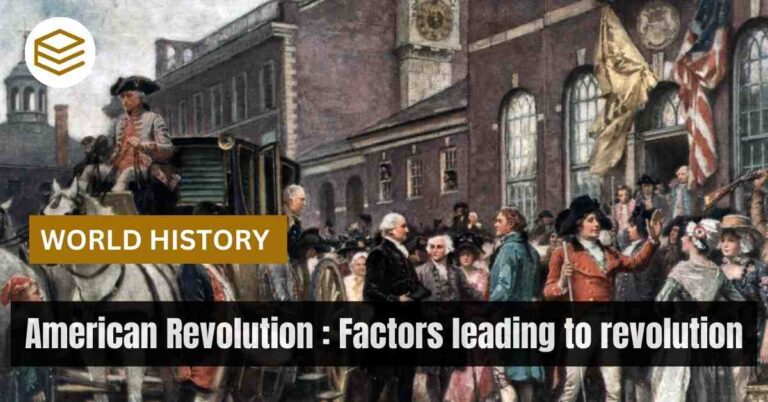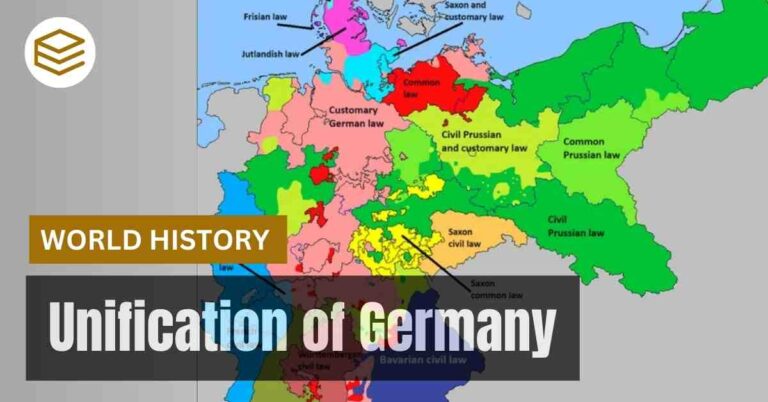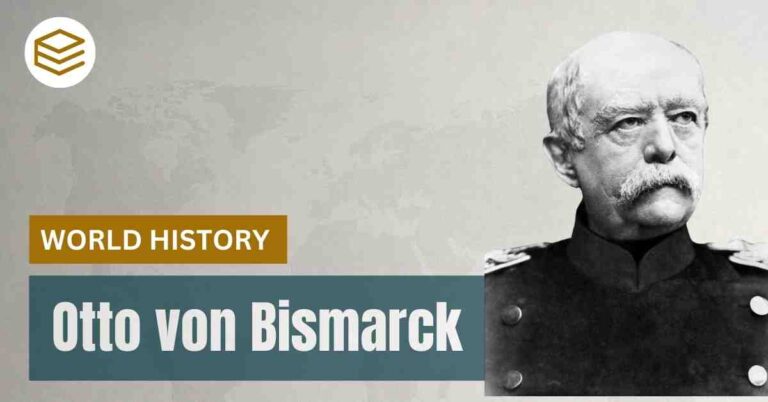December 13, 2025 5:39 am

The Holy Roman Empire (HRE) was a multi-ethnic, decentralized political entity that existed in central Europe from 800 AD to 1806 AD. Often described as neither holy, nor Roman, nor an empire, it was a unique amalgamation of feudal states, principalities, and cities, ruled by an elected emperor. Spanning much of what is now Germany, Austria, the Czech Republic, and parts of Italy and France, the Holy Roman Empire played a central role in European history for over a millennium.
I. Origins and Formation
A. Foundation
- Charlemagne and the Coronation:
- The Holy Roman Empire traces its origins to Charlemagne, King of the Franks, who was crowned Emperor of the Romans by Pope Leo III in 800 AD.
- This event symbolized the fusion of Roman imperial traditions, Christian authority, and Germanic governance.
- Division of the Carolingian Empire:
- After Charlemagne’s death, the Treaty of Verdun (843) divided his empire among his grandsons, laying the foundation for the fragmented political structure of the Holy Roman Empire.

B. Otto I and the Revival:
- In 962 AD, Otto I of Saxony was crowned Emperor by Pope John XII, reviving the imperial title.
- Otto’s reign marked the beginning of the Holy Roman Empire proper, with a stronger emphasis on the alliance between the emperor and the church.
II. Political Structure
A. Decentralized Authority
- Elective Monarchy:
- Unlike centralized states, the emperor was elected by a group of powerful nobles known as the Prince-Electors.
- The Golden Bull of 1356 formalized this system, granting specific electorates the power to choose the emperor.
- Autonomy of States:
- The Holy Roman Empire consisted of hundreds of semi-autonomous entities, including duchies, bishoprics, free cities, and principalities.
- Local rulers often wielded more power than the emperor, limiting imperial authority.
B. Relationship with the Papacy
- Church-State Alliance:
- The emperor was considered the protector of Christendom, reinforcing the alliance between the Catholic Church and the empire.
- Conflicts with the Pope:
- Disputes over authority, such as the Investiture Controversy (11th–12th centuries), revealed tensions between the emperor and the papacy.
III. Key Periods in the Empire’s History
A. The High Middle Ages (11th–13th Centuries)
- Expansion and Power Struggles:
- During this period, emperors like Frederick Barbarossa attempted to centralize power and expand the empire’s influence in Italy.
- Conflict with the Church:
- The Investiture Controversy saw emperors like Henry IV clash with Pope Gregory VII over the right to appoint bishops.
- The Concordat of Worms (1122) resolved the conflict by limiting imperial influence in church appointments.
B. The Late Middle Ages (14th–15th Centuries)
- Golden Bull of 1356:
- Emperor Charles IV codified the electoral process, solidifying the role of the Prince-Electors in choosing the emperor.
- Decline of Central Authority:
- The empire’s decentralized nature led to the rise of powerful local rulers, reducing the effectiveness of imperial governance.
C. The Reformation and Religious Wars (16th–17th Centuries)
- Martin Luther and the Reformation:
- The Protestant Reformation (1517), initiated by Martin Luther, fractured the religious unity of the empire.
- The Peace of Augsburg (1555) allowed rulers to choose between Catholicism and Lutheranism, further decentralizing authority.
- The Thirty Years’ War (1618–1648):
- A devastating conflict between Catholic and Protestant states, which culminated in the Peace of Westphalia, severely weakened the empire’s cohesion and influence.
D. The Early Modern Period (17th–19th Centuries)
- Rise of Prussia and Austria:
- The empire saw the emergence of powerful states like Prussia and Austria, which began to dominate its politics.
- Napoleonic Wars and Dissolution:
- The Holy Roman Empire was dissolved in 1806 after Napoleon’s victory over Emperor Francis II, marking the end of its millennia-long existence.
IV. Cultural and Religious Significance
A. Cultural Influence
- The Holy Roman Empire fostered a vibrant cultural landscape, including contributions to art, architecture, and literature.
- The Gothic cathedrals, such as Cologne Cathedral, symbolized the fusion of spiritual and imperial ideals.
B. Religious Legacy
- Role in Christendom:
- The empire served as a bulwark of Catholic Christianity, defending Europe from external threats such as the Ottoman Turks.
- Impact of the Reformation:
- The empire became a battleground for religious reform and counter-reform, shaping the trajectory of European Christianity.
V. Legacy and Impact
A. Decentralization and the German Identity
- The fragmented nature of the Holy Roman Empire laid the groundwork for German particularism, where regional identities often outweighed a unified national identity.
B. Influence on Modern Europe
- Legal and Political Traditions:
- The empire’s complex system of governance influenced the development of modern federal systems.
- Continuity in German Unification:
- The Holy Roman Empire’s legacy can be traced to later efforts at German unification, culminating in the creation of the German Empire (1871).
VI. Conclusion
The Holy Roman Empire was a unique political and cultural entity that shaped the course of European history for over a thousand years. Its decentralized structure, complex relationship with the papacy, and role in major events such as the Reformation and the Thirty Years’ War highlight its significance. Although it ultimately dissolved in 1806, the Holy Roman Empire left an enduring legacy in the cultural, religious, and political fabric of Europe. Its history offers valuable insights into the challenges and opportunities of managing diversity within a vast and multifaceted polity.





[…] Before the Unification of Germany, the region was a patchwork of over 300 independent states under the loose framework of the Holy Roman Empire. […]
Thanks for ones marvelous posting! I truly enjoyed reading it, you may be a great author.I will
be sure to bookmark your blog and may come back later in life.
I want to encourage you to continue your great work, have a nice evening!
my site :: nordvpn coupons inspiresensation
Thanks in support of sharing such a fastidious
thought, paragraph is nice, thats why i have read it fully
Review my website nordvpn coupons inspiresensation (easyurl.cc)
Simply desire to say your article is as surprising. The clearness in your post is just great and i could
assume you are an expert on this subject. Fine with your permission allow me to grab your feed to keep updated with forthcoming post.
Thanks a million and please continue the rewarding
work.
my page: nordvpn coupons inspiresensation (http://wall.sh/)